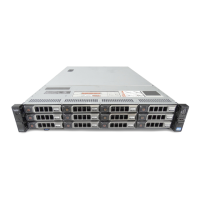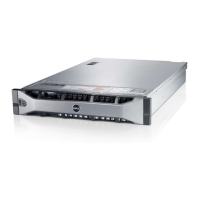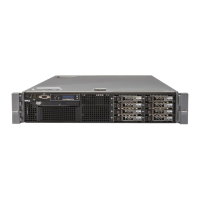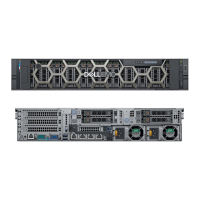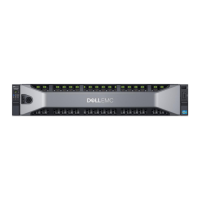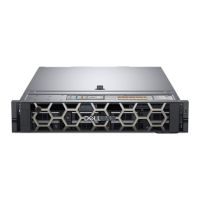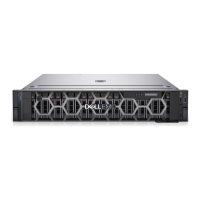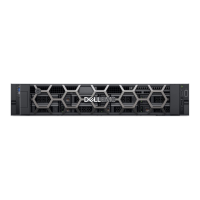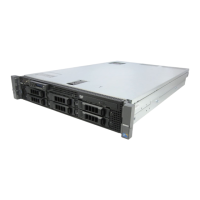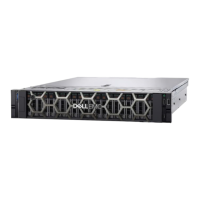5
Using System Diagnostics
If you experience a problem with your system, run the system diagnostics before contacting Dell for technical
assistance. The purpose of running system diagnostics is to test your system hardware without requiring additional
equipment or risking data loss. If you are unable to fix the problem yourself, service and support personnel can use the
diagnostics results to help you solve the problem.
Dell Online Diagnostics
Dell Online Diagnostics, a stand-alone suite of diagnostic programs or test modules, allows you to run diagnostic tests
on the systems in a production environment, and helps you ensure maximum uptime of your systems. Online Diagnostics
allows you to run diagnostic tests on chassis and storage components such as hard drives, physical memory, and
network interface cards (NICs). You can use the graphical user interface (GUI) or the command line interface (CLI) to run
diagnostic tests on the hardware that Online Diagnostics discovers on your system. For information about using
diagnostics, see the
Dell Online PowerEdge Diagnostics User’s Guide
under Software → Serviceability Tools, at
support.dell.com/manuals.
Dell Embedded System Diagnostics
NOTE: Also known as Enhanced Pre-boot System Assessment (ePSA) diagnostics.
The embedded system diagnostics provides a set of options for particular device groups or devices allowing you to:
• Run tests automatically or in an interactive mode
• Repeat tests
• Display or save test results
• Run thorough tests to introduce additional test options to provide extra information about the failed device(s)
• View status messages that inform you if tests are completed successfully
• View error messages that inform you of problems encountered during testing
When To Use The Embedded System Diagnostics
If a major component or device in the system does not operate properly, running the embedded system diagnostics may
indicate component failure.
Running The Embedded System Diagnostics
The embedded system diagnostics program is run from the Dell Lifecycle Controller.
CAUTION: Use the embedded system diagnostics to test only your system. Using this program with other systems
may cause invalid results or error messages.
1. As the system boots, press <F11>.
2. Use the up and down arrow keys to select System Utilities → Launch Dell Diagnostics .
135

